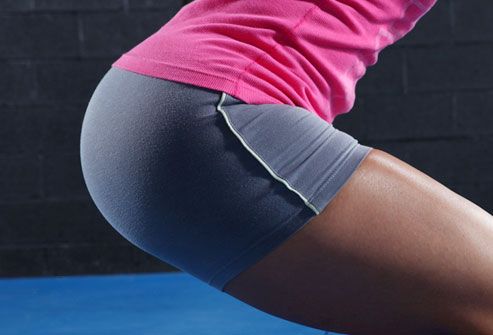
Booty Boot Camp
If you feel your "rear view" needs a makeover, the right fitness routine can help give you a lift. Can you achieve the "perfect" Brazilian beach butt seen on TV? That depends partly on your body type and genes. But most everyone can shape up to look better in jeans. These pictures show you the moves.Behind It All: Meet Your Glutes
The shape of the buttocks is defined by muscles known as the glutes. That's the gluteus maximus, gluteus medius, and gluteus minimus, as well as the fat that lies over them. Walking, running, and climbing all work the glutes. Strength training that targets these muscles can help give you a tighter, more rounded look. Adding a few butt-busting moves to your routine may be enough to see a change.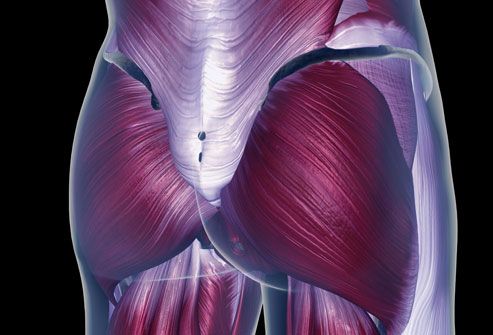
Squat and Tone
The squat tops every list of butt-sculpting exercises. It directly works the glutes.You can build bigger bottom muscles by adding hand-held weights.Form: Keep feet parallel, shoulder-width apart. Slowly lower the hips as if sitting in a chair; then return to standing. Make sure your knees do not push out in front of your toes. Keep your torso tight and back straight.

Or Try a Ball Squat
If you're just starting out, a large ball can help with balance while you master the form. For each exercise on our list, aim for three sets of 15 reps. Try to do each exercise three times a week.Form: Keep the ball between your low back and a wall. Slowly perform the classic squat. Walk your feet out in front so the knees stay behind your toes.

Forward Lunge
This butt builder also tones the thighs and calves. It's a pretty good fat burner, too.Form: With your feet parallel and hip-distance apart, take one giant step forward. Lower your body slowly, bending both knees, and return to standing. Repeat on the other side. Bend your knees no more than 90 degrees. Keep your front knee stacked right over your front ankle. Do not rest your back knee on the ground.
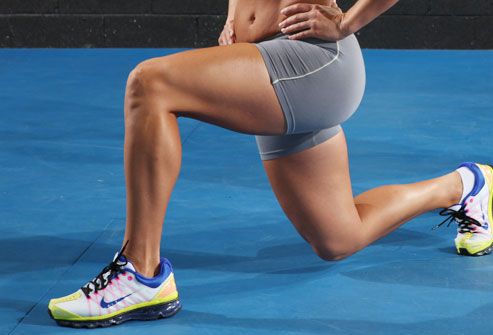
Or Try a Backward Lunge
When you step backward into a lunge, it works the glutes a little harder. Your workout gets variety, too. Lunges also add flex to your hips. They align your body better, too, something that can suffer when people spend long hours sitting at a desk.Form: Use the same posture as in a forward lunge, but step backward to position the lower leg. Don't let the front knee push out in front of your toes.
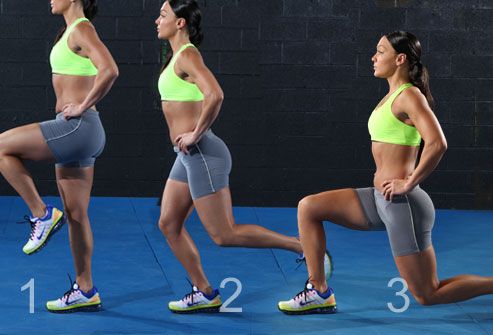
Or Try a Side Lunge
The side lunge targets the muscle on the outside of the hips, the glutes, and tones the inner thighs, too.Form: From a wide stance, bend one knee. Keep the shinbone under that knee straight up from the floor. If the knee falls inside the foot, use a shorter stance. Lean forward slightly, but keep your shoulders behind your knees to keep from hurting yourself. Put your hands where they help with balance.
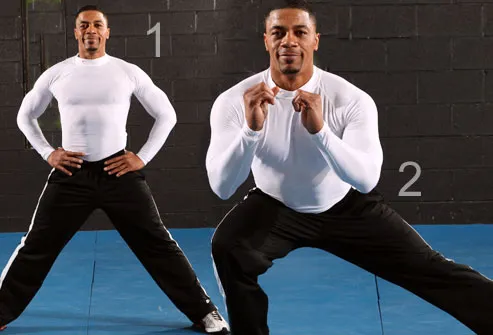
On the Ball: Leg Lift
Leg lifts done while you balance on an exercise ball will strengthen your shoulders and abs, as well as your glutes. As you get more fit, try lifting both legs at the same time for a harder, beautiful-butt move.Form: Keep your abs tight and back flat. Squeeze your glute muscles tight as you lift one leg. Just a few inches is fine when you're just starting out. Be careful not to use your lower back muscles.

On the Ball: Hip Lift
This small movement focuses on the gluteus maximus, the largest muscle in the body. Be careful not to use the back muscles; the glutes should do the work.Form: Bend the knees 90 degrees, feet together. Squeeze the glutes and slowly move the thighs up off the ball. A small, controlled, 2-inch movement is the goal.
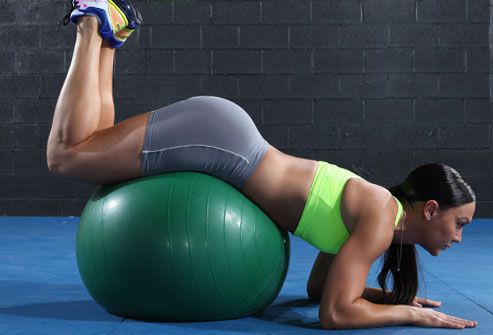
Floor Work: Bridge
This classic is a super workout for the glutes, as well as the hamstrings and hips.Form: Begin on your back with your knees bent, feet hip-width apart. Slowly peel your spine off the floor from the tailbone. Tighten the glutes and hamstrings as you do this. When your body has formed a long, slanted line from shoulders to knees, hold for a few seconds. Then lower slowly.

Floor Work: Side Leg Raises
This move targets the two smaller muscle groups in the buttocks, the gluteus medius and minimus.Form: Lift the top leg while lying on your side. Keep the hips stacked and the torso still. Both knees should face forward. To work slightly different muscles, you can turn the top leg out from the hip.

Floor Work: Dirty Dog
This bottom builder gained fame in the exercise videos of the 1970s as the "fire hydrant." It targets two of the muscle groups in the buttocks.Form: Keep your knees hip-width apart and your hands directly under your shoulders, elbows straight. Gently stiffen the abs and keep your back in a neutral position with no sagging or arching. Slowly draw one knee up. Rotate the hip to bring the leg toward the torso, then away.
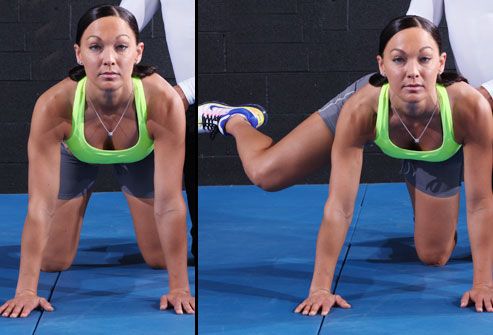
Floor Work: Mountain Climbers
Along with pushing your glutes, the running plank works the shoulders, hips, and core muscles. Do it quickly to burn calories while building muscle.Form: Tighten the abs to protect the lower back. Spread your fingers wide to protect the wrists. Bring one leg in at a time -- bending the knee, like you were running. Keep your upper body steady. Repeat as if you’re running in place.
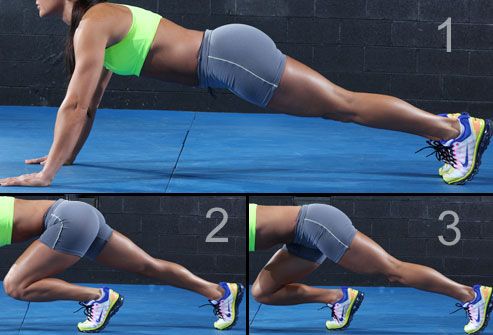
Walk the Hills
For a no-fuss butt workout, all you have to do is walk. Tackle hills for the most glute-shaping impact. You'll burn extra calories, too. On a treadmill, you can get this effect using a 5% to 7% incline.
Tone Your Tush With Cardio
In the gym, try stair steppers, arc trainers, and elliptical machines.They challenge the glutes while giving your heart and lungs a healthy workout. Inline skating and cycling are other choices that help both heart and tush.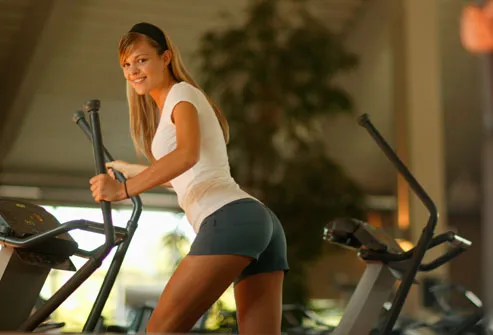
Firm Up Without Bulking Up
Some people's muscles rise to a challenge by bulking up. If that's what your genes have dealt you -- and you don't like a pumped-up look -- focus on aerobic activity over weight training. Don't crank the resistance up too high on an exercise machine. And skip the weights when you do butt-sculpting exercises.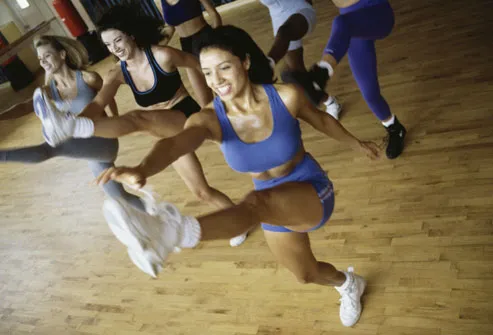
Slim Your Assets
Targeted exercises alone may give you a firmer behind but not always a smaller one. For more impact, watch your diet, burn more calories, and lose weight. You'll reduce the fat pad lying over the gluteal muscles, giving you tight, trim curves back there.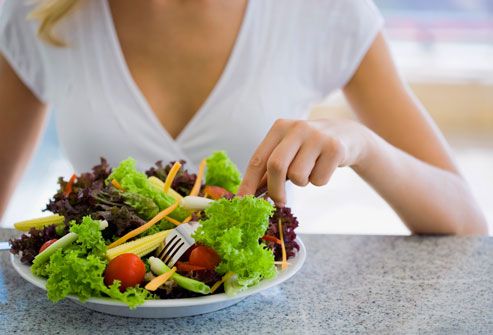
How To Go for the Maximum
If bigger is better to you, you'll want to really challenge the glute muscles. Dial up the resistance on a stationary bike or other cardio machine. During strength training, go for more weight, more reps, and shorter rest periods between exercises. A high-quality diet also helps build muscle mass.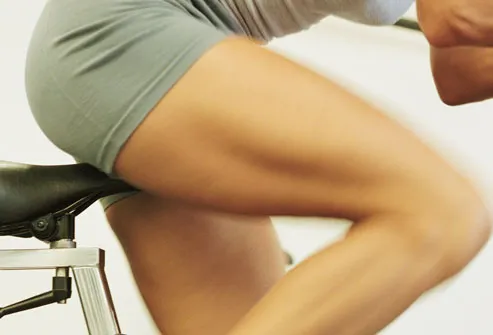
Can You Shift Your Shape?
There's much talk in beauty magazines about a rounded, "Brazilian-style" butt. Targeted exercises can move a flat fanny closer to this beauty ideal. But a workout will most likely enhance the shape your behind already has: heart-like, pear, bubble, or another. For total reshaping, after a huge weight loss, for instance, cosmetic surgeons offer implants, lifts, and reshaping.
Shapewear for Your Tush
Lots of underwear now aims to "separate and lift" your bottom. Some styles rein in skin with elastic panels. Others enhance your rear view with padding. You can even find padded inserts and lifting Spandex panels in jeans.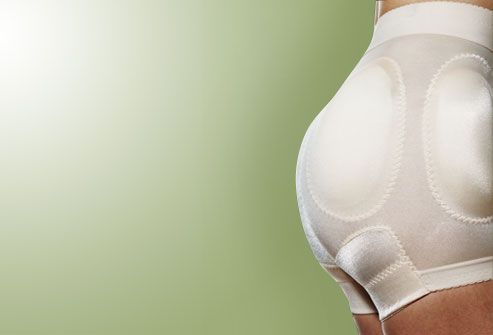
Dress Your Assets Down
Boot-cut and flared jeans balance out the hips and rear for a slimming effect. Long pant legs make your legs look longer and your booty smaller. And back pockets can do much to buff up your butt. Just beware of super-long back pockets. They can make your behind look flat or saggy instead of showing off those sexy contours you earned at the gym.
Dress Your Assets Up
Skip the peg leg and ankle jeans. They widen the hips and make your body look like an ice cream cone with a big, round scoop on top. A better choice to really show off your curves are skinny-fit pant legs or leggings. Look for a tight, form-fitting rear panel for head-turning style.
Read more: WebMD


